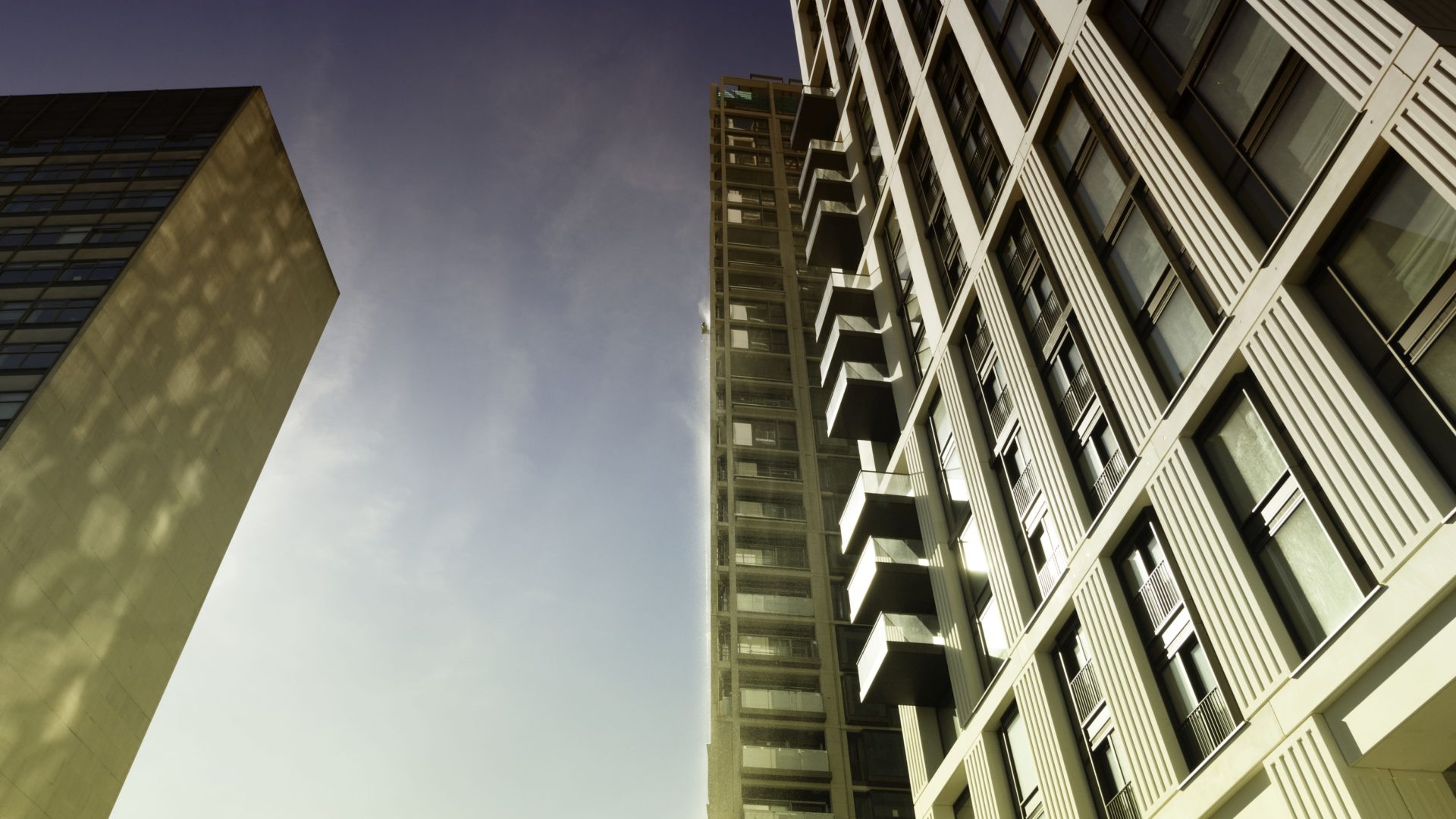
Construction clients in charge of higher-risk buildings (HRBs) are cautiously optimistic that the Building Safety Act (BSA) 2022 will improve safety outcomes in the long term – but are wary of the current level of uncertainty while it beds in.
That was the message from the CIOB-convened panel session – What does the Building Safety Act mean for clients? – at Futurebuild 2024 this month.
The event was organised as part of the CIOB’s client engagement strategy, launched at Futurebuild in March 2023.
Led by Construction Management editor Will Mann and supported by Eddie Tuttle, CIOB’s director of policy, external affairs and research, the audience heard from three client representatives at the HRB coalface.
Build-to-rent sector
Laura Bryant is a senior director at Greystar, which operates in the build-to-rent (BTR) and purpose-built student accommodation (PBSA) sectors, with a portfolio that includes new-build and older HRBs.
“The more stringent building control process and the Building Safety Regulator’s considerable stop-go powers are giving investors the jitters.”
“The BSA has been a long time coming,” she said. “The countdown to October 2023, when parts of the BSA began to take effect, was occupied largely by compiling safety cases, digitising records, and understanding Greystar’s new duties to residents.
“I was frustrated at having to spend limited resources on resurveying buildings where information was missing: the money might have been better spent on improving safety measures.”
Since then, her focus has been on gateway 2 issues.
“The more stringent building control process and, especially, the Building Safety Regulator’s (BSR) considerable stop-go powers, are giving investors the jitters. The extra time that these add to programmes could quickly flip projects into unviability. Until the BSR has demonstrated how it intends to operate, investment will be inhibited.”
Anxious to derisk the process, Greystar has, in a project led by Argent, been collaborating with other London developers to standardise the way that information is submitted to the BSR. It is also experimenting with digital technologies (including video) to improve quality control on site.
Social housing fire safety
Andy Frankum, executive director of Concept Housing Association and chair of the National Social Housing Fire Strategy Group, said clients should have three key priorities: leadership, quality, and competence.
“The BSA gives clients greater accountability,” he said. “To accept the role, clients must acknowledge the limits of their knowledge and so will depend on good collaboration and help from others. Ultimately, this accountability is for the quality of the end product of any relevant building work.
“This means make sure the project team is properly competent and, with the help of clerks of works, remains so for the duration of the project.”
Clients should embrace digital
Andrew Walker is a chartered engineer and director of PwC’s Capital Projects Services. He encouraged clients to look beyond the challenges to seize the opportunities.
“Digital product information is a way to get better visibility of purchasing activity – and therefore buying power – across portfolios,” he said. “The golden thread has the potential to be leveraged for huge efficiency improvements. Both are stepping stones to better quality construction and safer buildings.”
Find out more about new client duties as a result of the Building Safety Act on the CIOB’s client pages.











